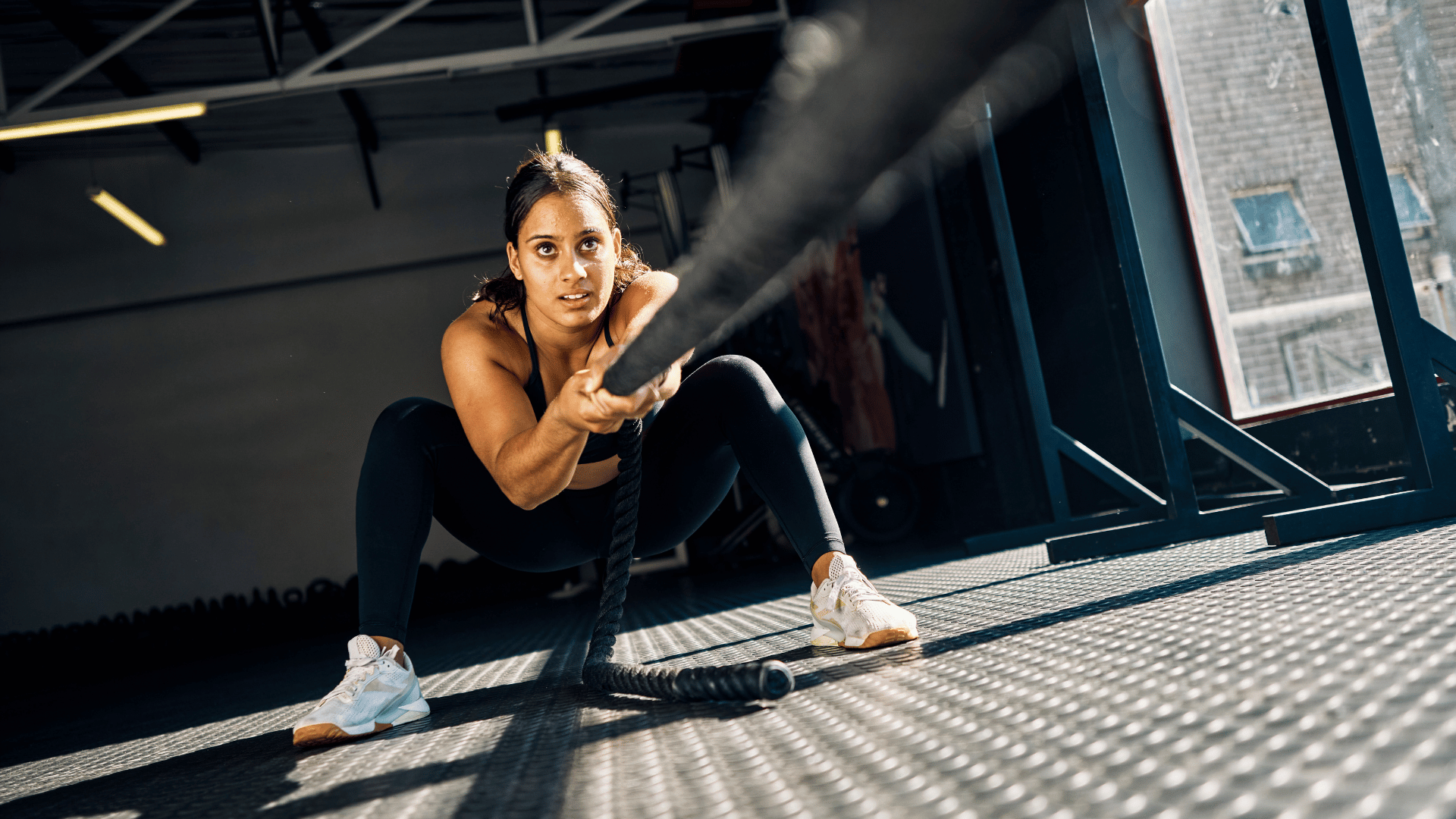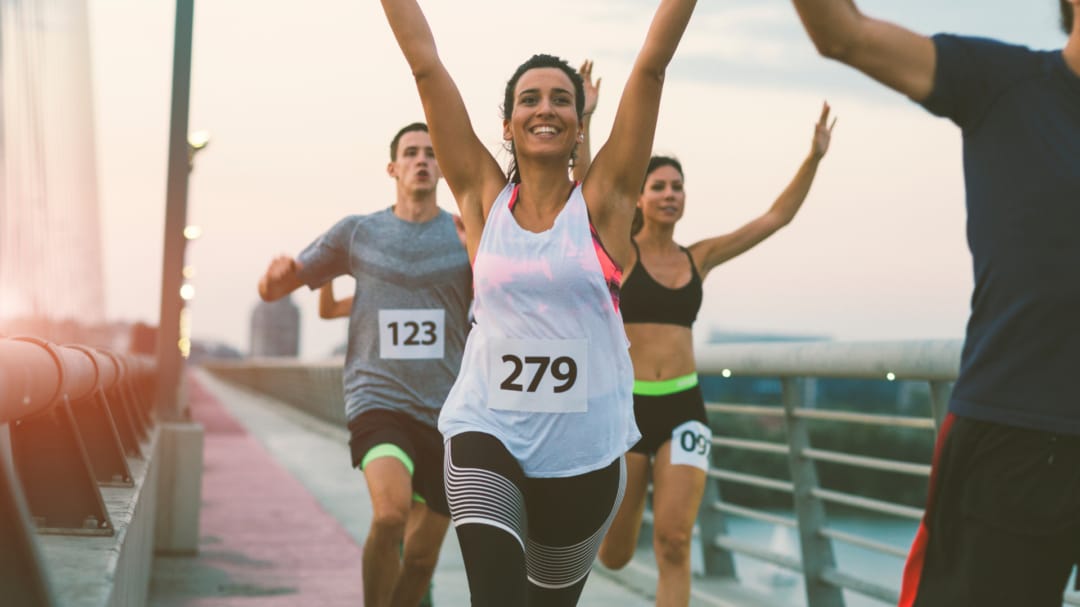How to Recover from Common Running Injuries

Pure Sports Medicine
- 31 May, 2019
- Running
- 4 min read
The main type of injury that long-distance runners sustain are overuse injuries. When those miles are piling up, it’s important to be aware what it is you’re asking of your body, and what you can do to support it and ultimately avoid these types of injury.
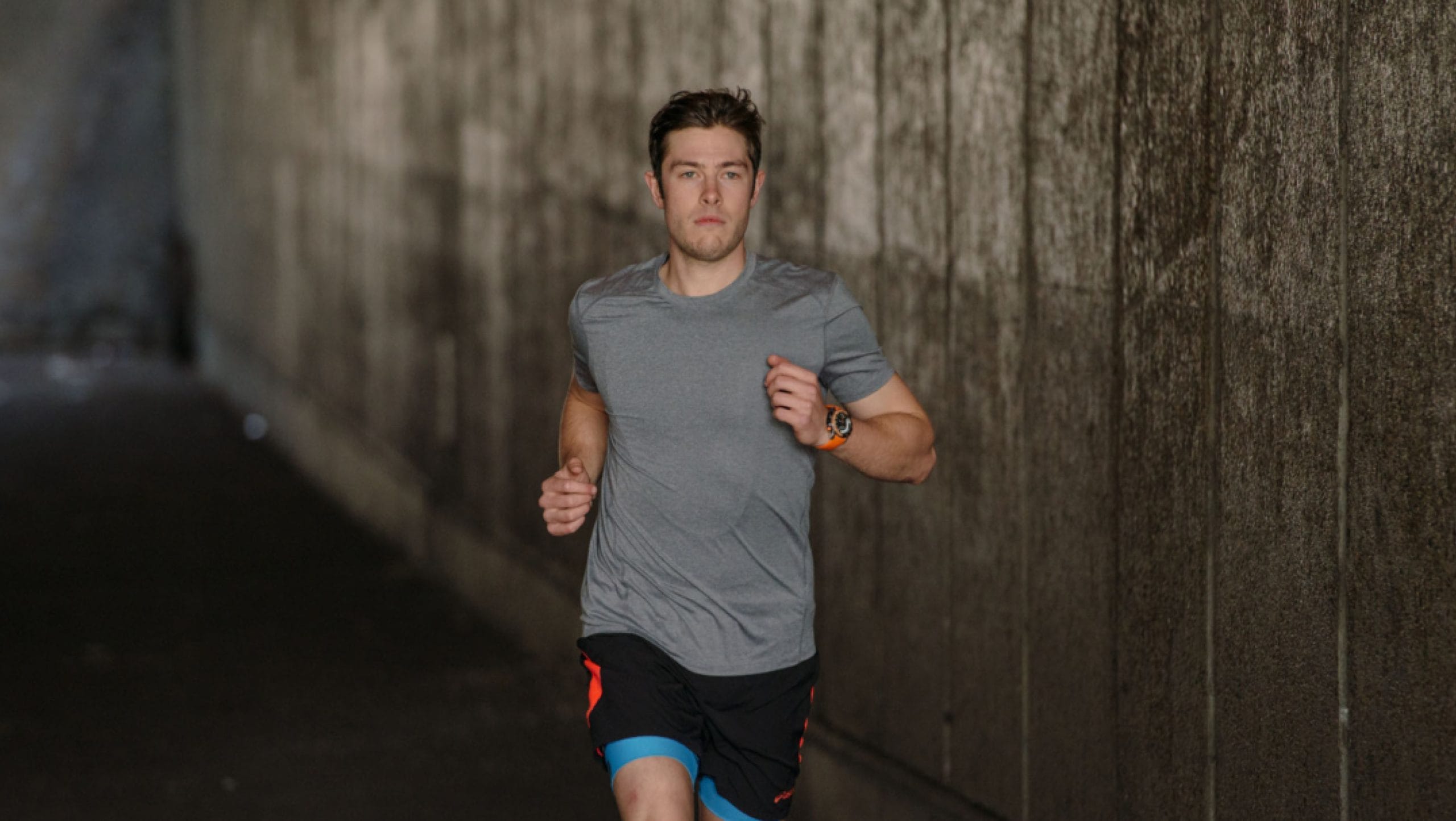
Long distance running is a physically demanding sport that requires both mental resilience and physical fitness.
Whether you’re a seasoned marathoner or just starting your journey into the world of distance running, injury prevention is paramount.
Let’s explore the risk factors associated with overuse injuries in long distance running and the valuable preventative techniques to help you stay on track for success.
What is an overuse injury?
Long distance running is a physically demanding sport that requires both mental resilience and physical fitness.
Whether you’re a seasoned marathoner or just starting your journey into the world of distance running, injury prevention is paramount.
Let’s explore the risk factors associated with overuse injuries in long distance running and the valuable preventative techniques to help you stay on track for success.
Gait Abnormalities and poor running form
An abnormal running gait (your manner or pattern of running) can be a result of biomechanical deficits, poor strength, and flexibility.
This can look like excessive or insufficient stride length or cadence (number of steps per minute), and excessive leaning from your torso (also referred to as the trunk).
For example, an overstride can increase the ground reaction forces and joint loading, which can contribute to injuries such as tibial stress fractures and anterior knee pathologies.
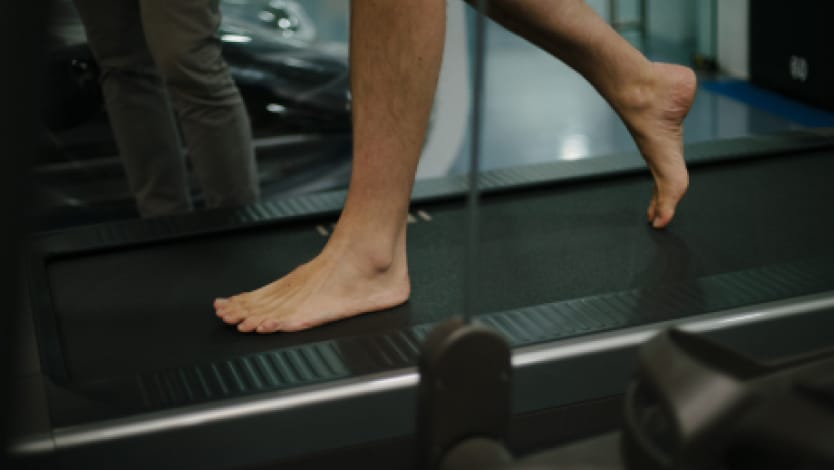
Understanding the Risk Factors
Running injuries can result from a variety of factors, ranging from intrinsic factors such as biomechanical deficits, to extrinsic factors such as improper training.
By understanding these risk factors, you can take proactive steps to mitigate them and enjoy your running journey without unnecessary setbacks.
Physiotherapists or Podiatrists are the best points of call in this instance. They can help you to find the weakness and create targeted rehab plan to strengthen or correct that issue.
Biomechanical deficits
Biomechanical deficits refer to deviations from the most favourable movement patterns and mechanics in the human body. So if your running form isn’t very good, over time this can cause an injury, and the longer it goes on for, the more difficult it is to change that habit.
By understanding these risk factors, you can take proactive steps to mitigate them and enjoy your running journey without unnecessary setbacks.
Biomechanical deficits can play a significant role in the development of injuries, such as Achilles tendinopathy or stress fractures
For example, if you’re feet collapse inward towards one another or the midline of the body (pronation), or misaligned hip and knee placement, it may mean that you’d be predisposed to a biomechanical injury.
Again, consulting a sports medicine specialist such as a Podiatrist or Physiotherapist for a thorough biomechanical assessment will help to identify any underlying deficits and imbalances. This way you can work on correcting your form and immediately decreasing your risk of injury.
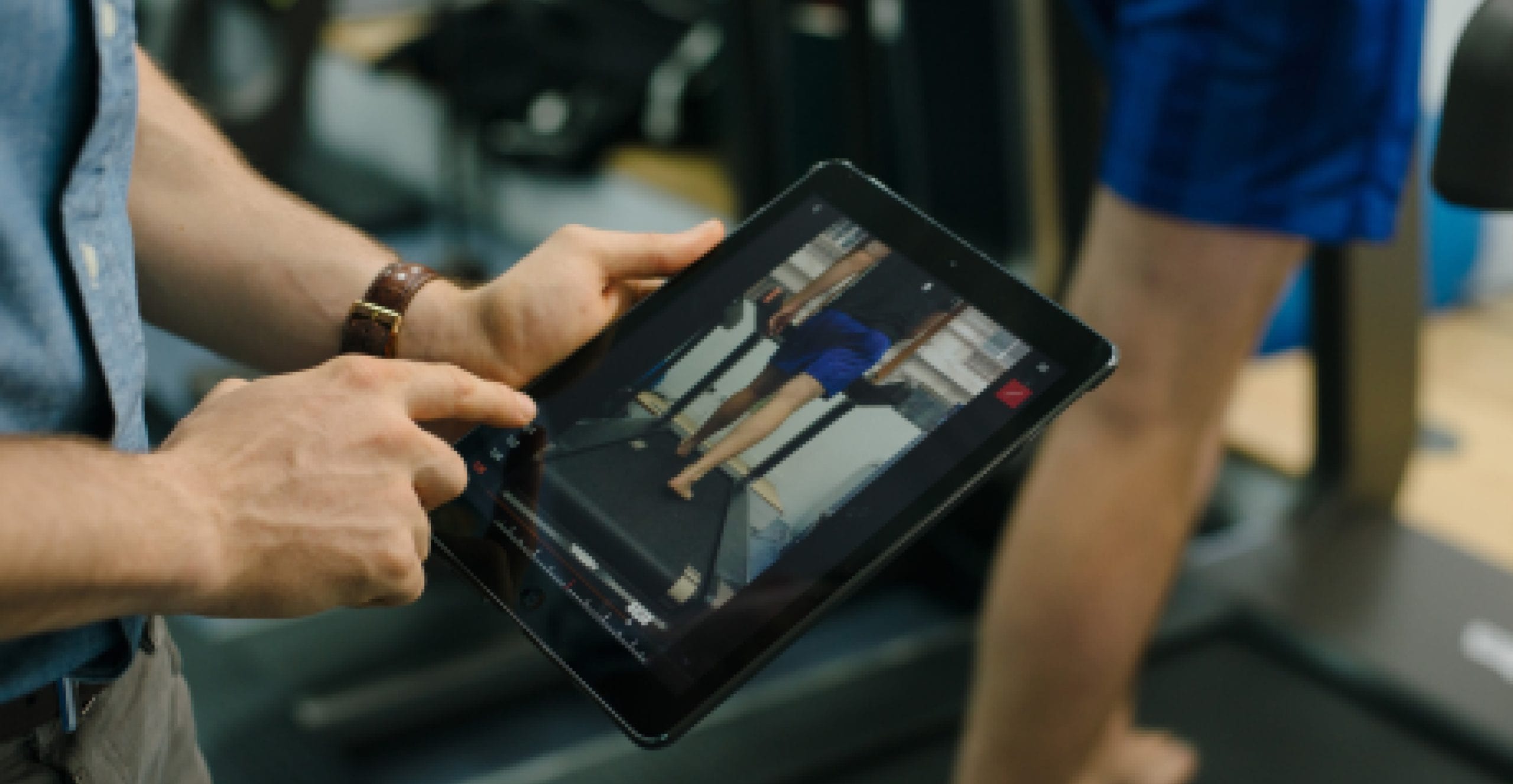
Poor Strength and Flexibility
When you lack the necessary strength and flexibility, your body may be less prepared to withstand the physical demands of running. For example, weak muscles can become tired quicker, leading to a worsened running form.
Strong muscles can also help absorb the shock and impact forces you feel when you’re running, whereas weaker muscles may transfer more stress to joints and bones. For example, tight hamstrings can lead to stresses on the lower part of your spine, potentially causing lower back pain.
Inflexible muscles can also limit a joint’s range of motion, which may lead to other muscle groups needing to compensate and therefore taking on too much to withstand. Over time, this can result in injuries like strains, sprains, and ligament damage.
While inflexibility can lead to limited joint range of motion, it can also increase the risk of overstretching muscles, causing muscle strains.
To reduce the risk of these kinds of running-related injuries that are related to poor strength and flexibility, I recommend the following:
Incorporate Strength Training in to your weekly routine
Include regular strength training exercises to target major muscle groups, such as the core, legs, and hips.
Work on your balance and stability with Pilates
Sports such as Pilates can help you to improve your balance, stability, flexibility, and core strength by performing slow and controlled exercises which can also work to improve coordination and running form.
Slowly increase the demands put on your body
By gradually increasing the intensity and complexity of your strength training workouts you will continually challenge your muscles, whilst staying injury free.
Include regular stretching in to your routine
This will improve the flexibility of key muscle groups. Pay attention to muscles used most during running, such as the calves, hamstrings, quadriceps, and hip flexors.
Look after your soft tissues
Soft Tissue Therapy allows you to release the tension from tight or sore muscles. Sessions before and after long or demanding runs can help your body both prepare and recover. An ‘at-home’ technique is foam rolling as it allows you to perform self-myofascial release and can help to improve flexibility and reduce muscle tension. Although it’s always best to consult with a soft tissue therapist for the best advice.
Don’t forget to warm-up and cool down
Always warm-up with dynamic stretching before a run and cool down with static stretching afterward to maintain and improve flexibility.
By addressing poor strength and flexibility through targeted exercises and practices, you can reduce your risk of injury and improve your running performance.
Consulting with a physiotherapist or strength and conditioningcoach can provide personalised guidance and ensure you’re addressing your specific weaknesses effectively.
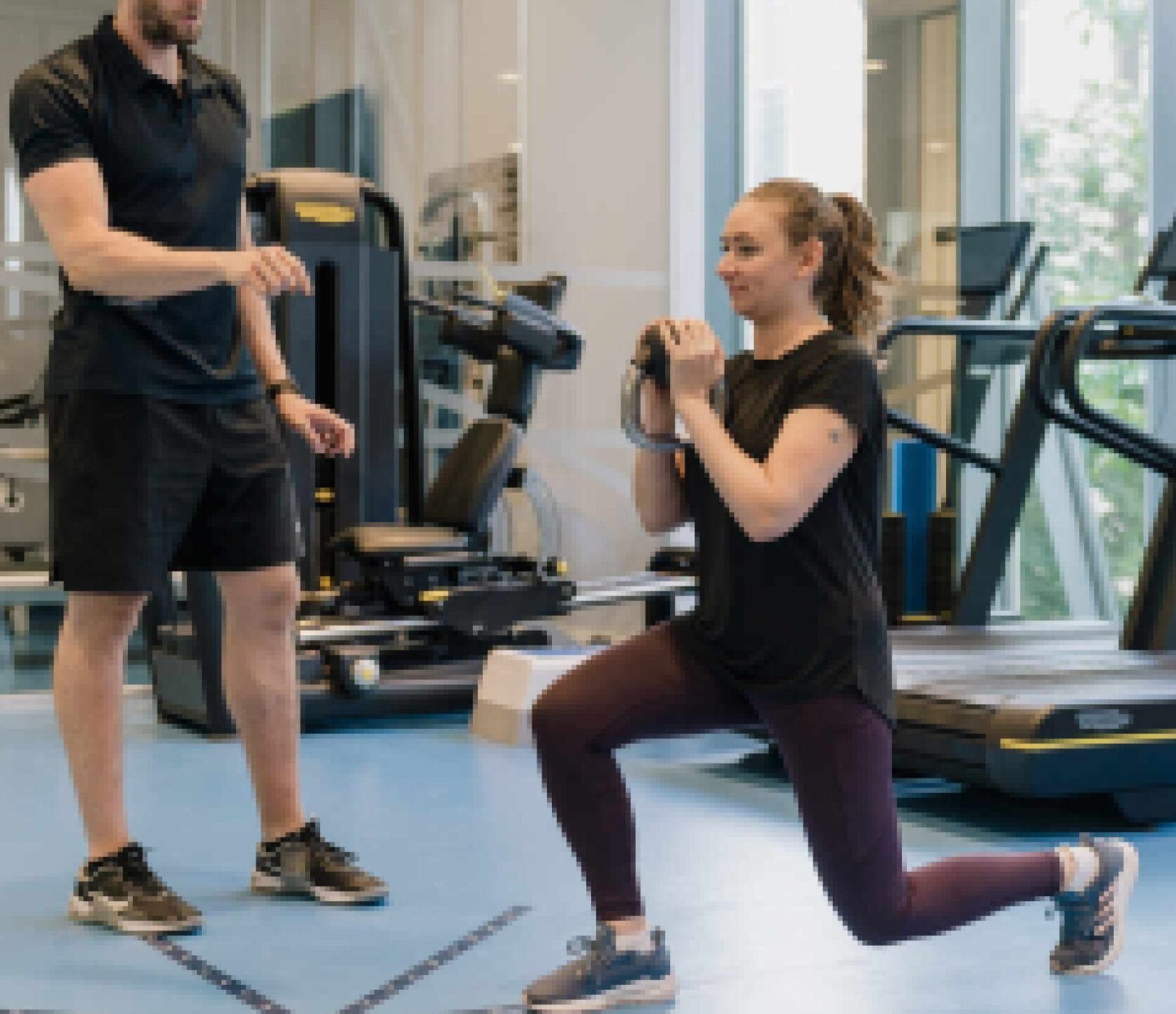

Advice
Over the last 20+ years our experts have helped more than 100,000 patients, but we don’t stop there. We also like to share our knowledge and insight to help people lead healthier lives, and here you will find our extensive library of advice on a variety of topics to help you do the same.
OUR ADVICE HUBS See all Advice Hubs